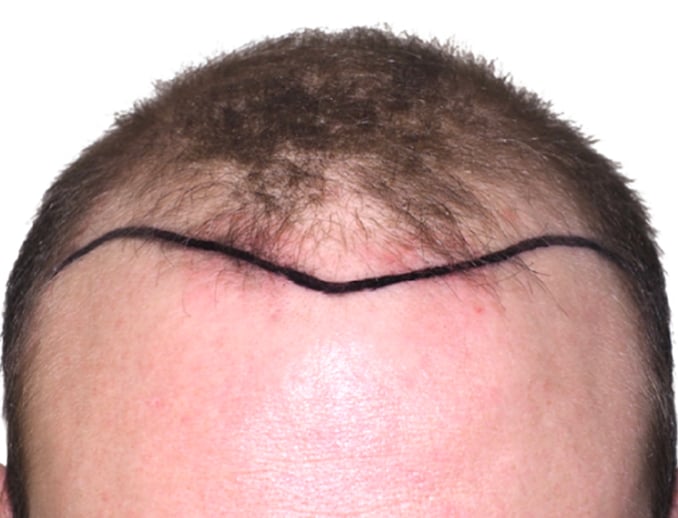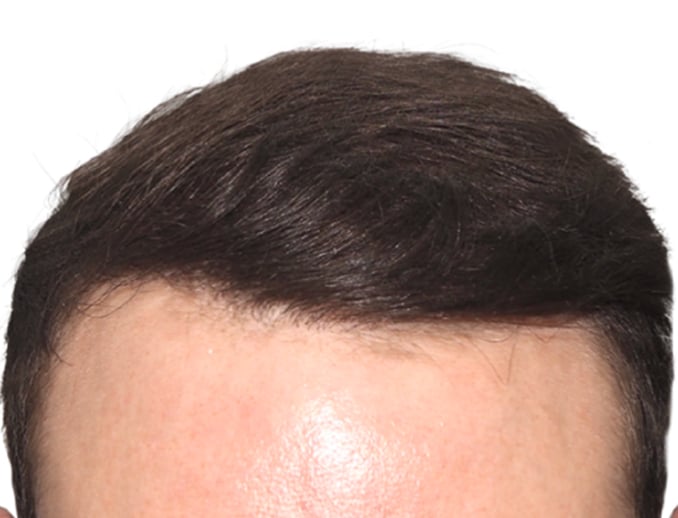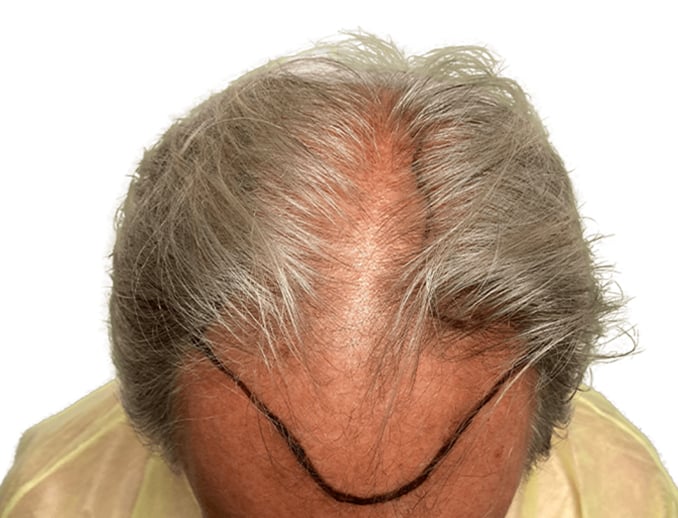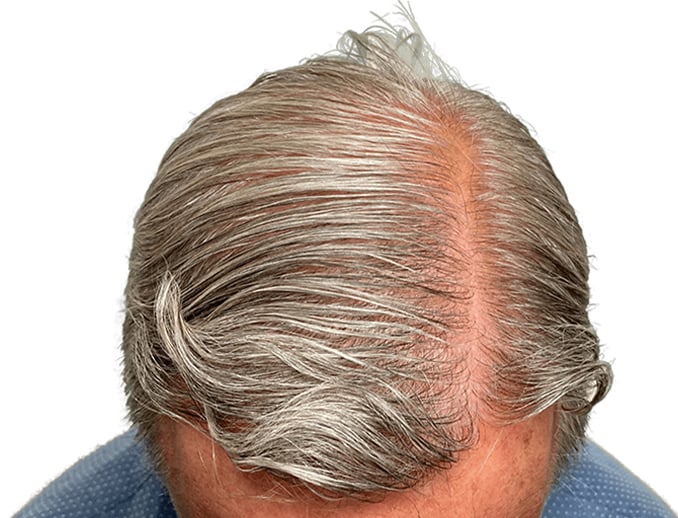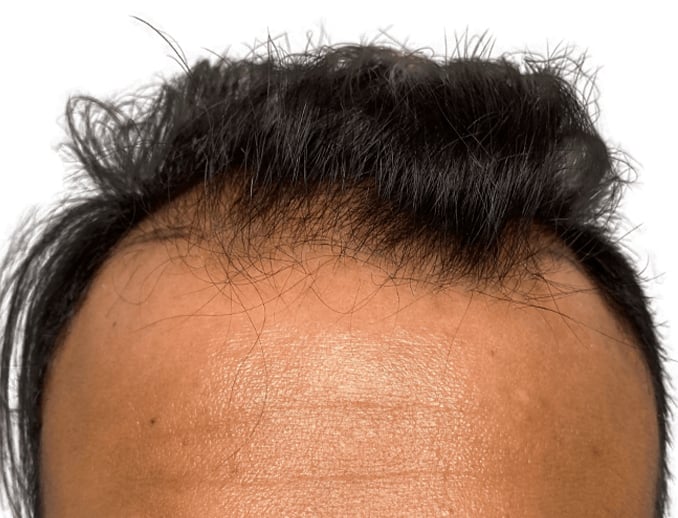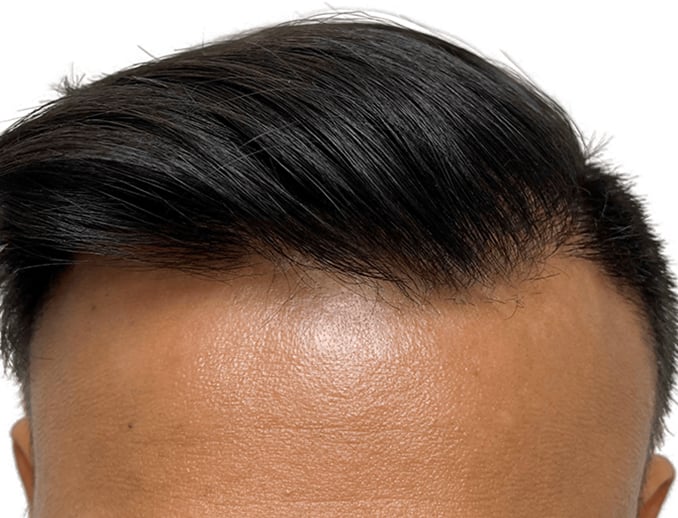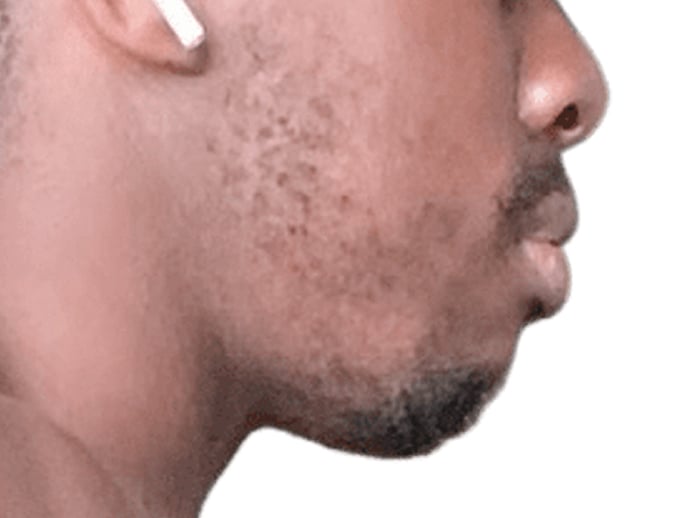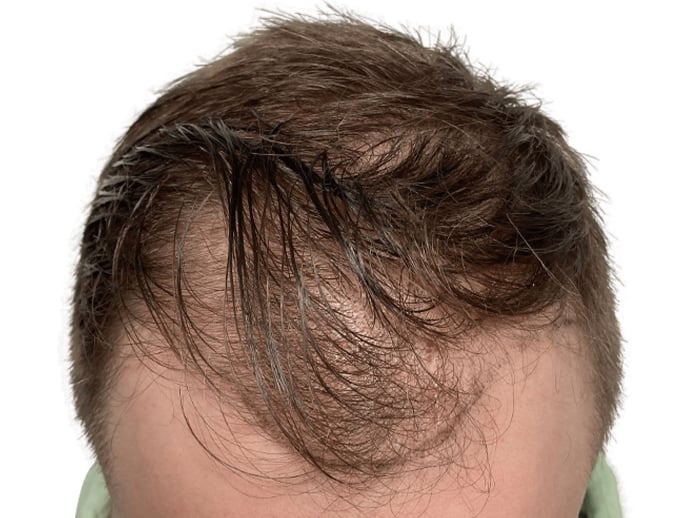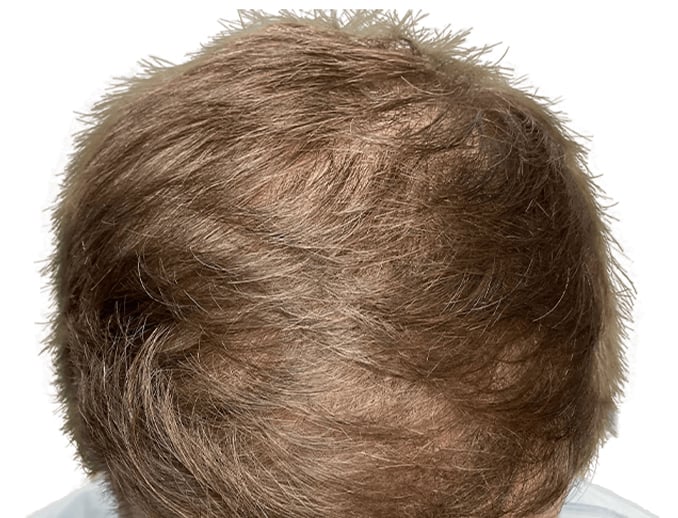Understanding Different Types of Hair Loss
Not all hair loss is the same. Identifying the specific type you're experiencing is the first step towards finding the right solutions. Here's a glance at some of the major categories of hair loss and potential causes:
- Androgenetic Alopecia (Pattern Baldness): The most common type, this is usually caused by genetics and is characterized by a receding hairline and thinning on the crown for men, and more diffuse thinning for women.
- Telogen Effluvium: Temporary hair shedding often triggered by physical or emotional stress, hormonal changes, or nutritional deficiencies. Hair usually begins to regrow within a few months.
- Alopecia Areata: An autoimmune condition causing patchy hair loss on the scalp or body. Hair may regrow on its own, but treatments can be helpful.
- Traction Alopecia: Hair loss due to tight hairstyles or hair pulling, often seen along the hairline or where the hair is pulled.
- Scarring Alopecia: A rarer group of disorders where hair follicles are destroyed and replaced by scar tissue, leading to permanent hair loss. Professional diagnosis is critical.
Why Identifying Your Hair Loss Type Matters
- Targeted Treatment: Different types of hair loss respond to different treatments. Getting a proper diagnosis ensures you're on the right path.
- Realistic Expectations: Hair loss conditions vary in terms of whether the hair might regrow, if treatments can slow progression, or if full restoration is possible. Understanding the type you have helps you manage expectations.
- Underlying Causes: Some forms of hair loss are a symptom of another health issue. A diagnosis helps identify and address those concerns.
Don't Guess – Get Expert Diagnosis
If you're experiencing hair loss of any type, seeking professional assessment from a hair restoration specialist or dermatologist is crucial. Self-diagnosis can be misleading and delay effective treatment.

